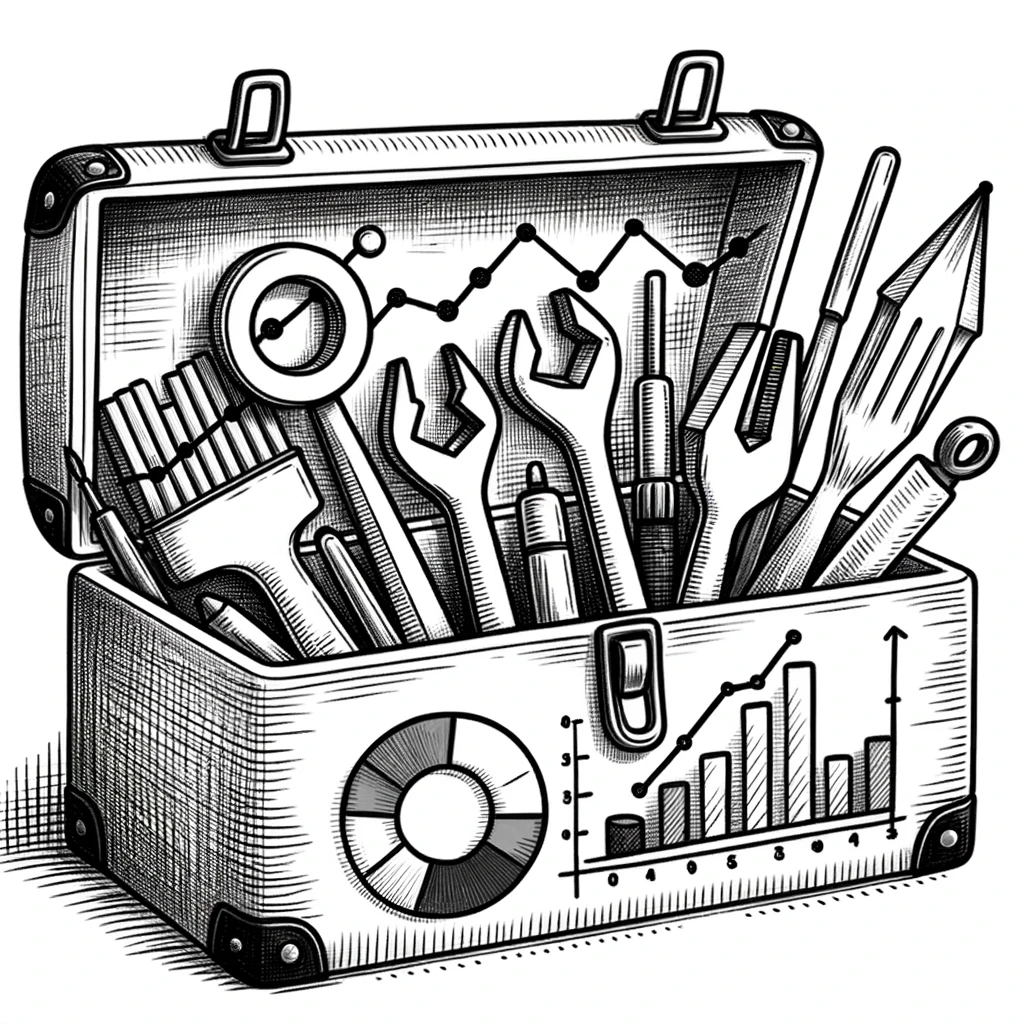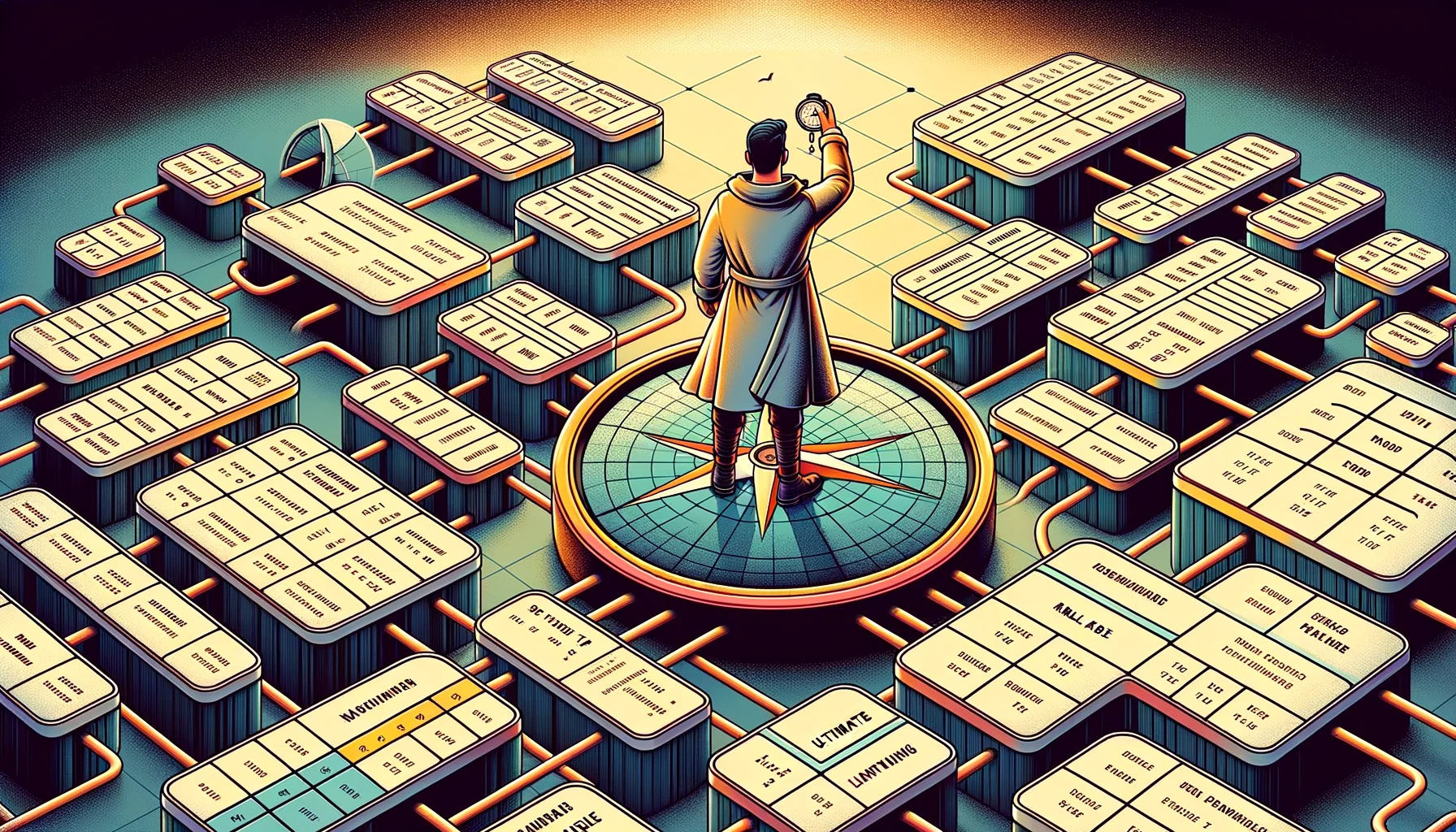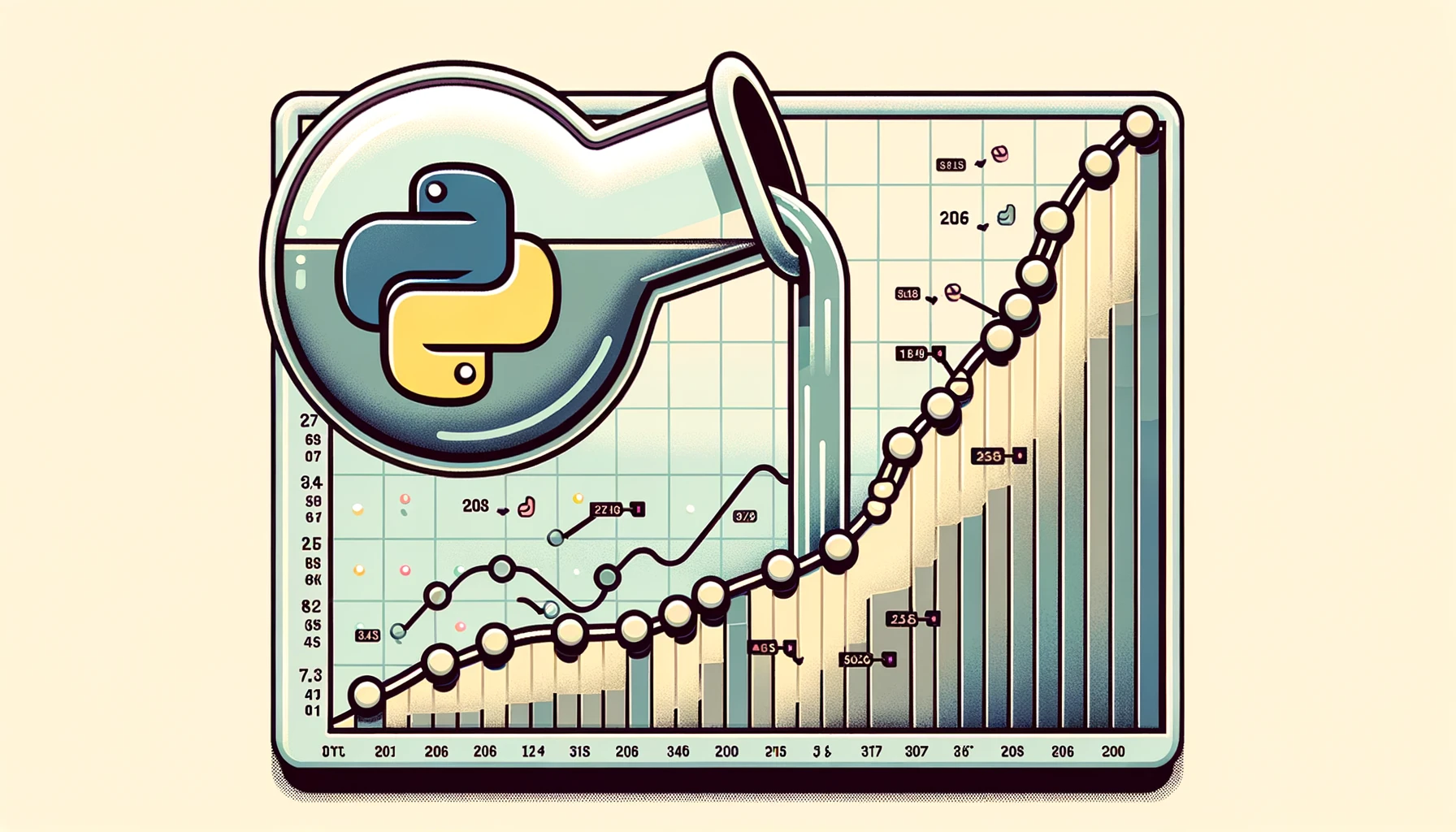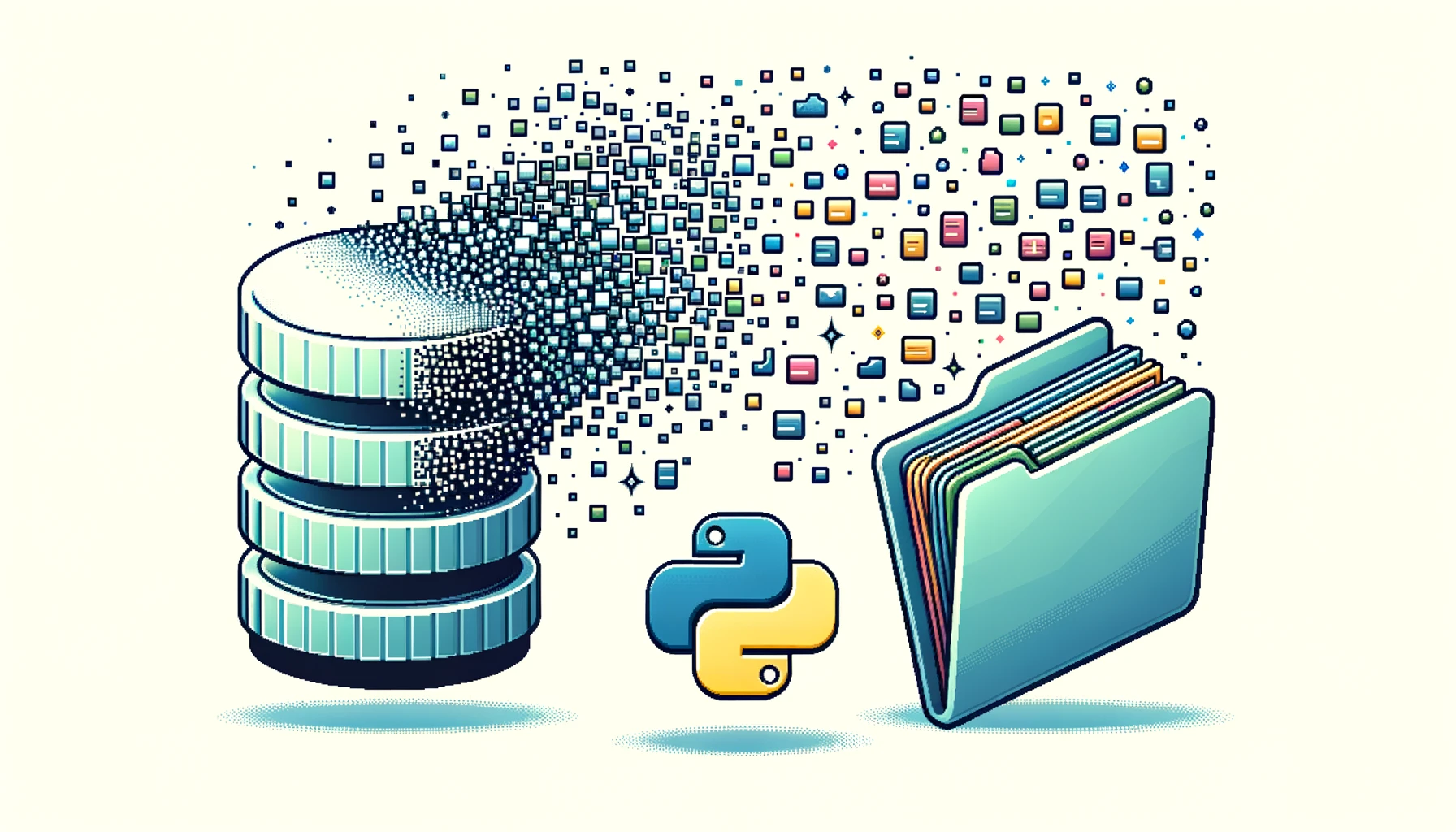Data Analytics Simplified
A Toolkit for Automated Workflows and Operational Efficiency

Imagine that you are the host of “Help! I Wrecked My House!” But instead of navigating through the debris of a DIY home renovation gone awry, you’re diving headfirst into a chaotic world of spreadsheets, rogue data streams, and a jumble of mismatched tools. The mission? To declutter, organize, and automate workflows, laying down the solid groundwork necessary for efficient reporting and data science. This is the life of a data analytics engineer.
Here on this blog, I’ll share insights, tips, tricks, and a robust framework designed to tackle the ever-evolving challenges of data engineering and analytics. Given that every company and initiative comes with its unique set of requirements, and considering the dynamic nature of data, you won’t find any one-size-fits-all guides here. Instead, I aim to share my thought process and problem-solving strategies to help you identify the most effective processes and tools for your projects.
You might find yourself here because you:
- Scaling Spaces: Just like a family outgrowing their starter home, your data needs have expanded beyond your current infrastructure’s capabilities. You’re at a crossroads, wondering whether to “love it” by upgrading your existing setup or “list it” by seeking out new solutions.
- Faced Analytics Ambitions: Perhaps you’ve invested heavily in analytics, hoping for transformative insights, only to find your initiatives stalling or underdelivering—much like the projects on “Rico to the Rescue.”
- Stepped Into a New Domain: Or maybe you’ve just stepped into the vast world of data analytics, seeking advice and tips on how to navigate this complex yet thrilling landscape.
No matter your situation, I’m here to equip you with the essential tools for your data analtyics toolkit, tailored specifically for the lean tech startup environment. Welcome!
Recent Posts
-

Why Software Engineers Should Stop Stuffing Everything in MySQL
Aggregating data from multiple sources into a centralized place can be a challenging task when creating reports. In the early stages, many software engineering teams tend to rely on familiar tools, often their application databases. Since the majority of data for tech startups is generated from their apps, it may seem logical to incorporate additional…
-

Navigating SQL Hierarchies: Finding the Ultimate Parent
Untangling the web of parent-child relationships across multiple hierarchical levels can be challenging, yet it’s crucial for insightful data analysis. Frequently, we need to identify the apex of these hierarchies, the ‘ultimate parent’, in order to group data for analysis. However, the unpredictable number of levels within these hierarchies can complicate this task. In this…
-

Enhancing Data Accuracy: How to Fill Missing Date Gaps in Analysis with Python
Data gaps can occur when data is organized into time intervals but observations are missing for certain intervals. For example, let’s say you are tracking sales of snow shovels by month. Snow shovels are typically only in demand during winter months, so it is likely that there will be months with no sales at all.…
-

Predicting the Future of Business Intelligence: AI-Driven Innovations on the Horizon
Traditional BI approaches have primarily centered around manual report generation, focusing on historical numerical data. This often leaves business teams longing for insights and grappling with the complexities of unstructured text data. However, AI-powered tools are poised to reshape how businesses gather, analyze, and interpret data. In this blog post, I will dive into four…
-

Choosing Your Path in Data Engineering: The Buy vs. Build Dilemma Explained
As an application scales, data volumes and complexity grow, necessitating the need for scalable data infrastructure. Faced with this challenge, the decision between building a custom solution or purchasing a ready-made service is more than just a technical choice; it’s a strategic dilemma that significantly affects operational agility, cost efficiency, and long-term scalability. In this…
-

Exporting Database Tables to Parquet Files Using Python and Pandas
Managing MySQL databases can often be costly and time-consuming. If you’re working with databases containing static data, an effective alternative is to convert your database tables into individual Parquet files. By storing these files and leveraging Python for direct querying, you’ll maintain your existing querying capabilities and benefit from improved query performance, cost reduction, and…
-
From Data to Impact: 5 Vital Lessons for Startup Data Engineers
Working as a data engineer at a small startup can be an exciting, yet challenging, experience. The dynamic nature of startups requires data engineers to be agile and adapt quickly to ever-changing requirements. In this blog post, I will share five important lessons I’ve learned during my time as a data engineer at a small…
-
How to Quickly and Easily Translate Code to Different Languages with ChatGPT
A Data Engineer is commonly working across multiple data applications that require knowledge of SQL, Python, and Excel, to name a few languages. However, switching between these languages can be time-consuming, especially when it comes to translating complex Excel formulas to SQL statements, for example. I have been really impressed with how well ChatGPT can…
-
Deploy Your Next Flask App Instantly and for Free Using Replit
Replit is a free tool that makes it easy to write Flask code and deploy it instantly. They handle of all the underlying infrastructure, allowing you to focus on building and refining your app without worrying about setup and maintenance.